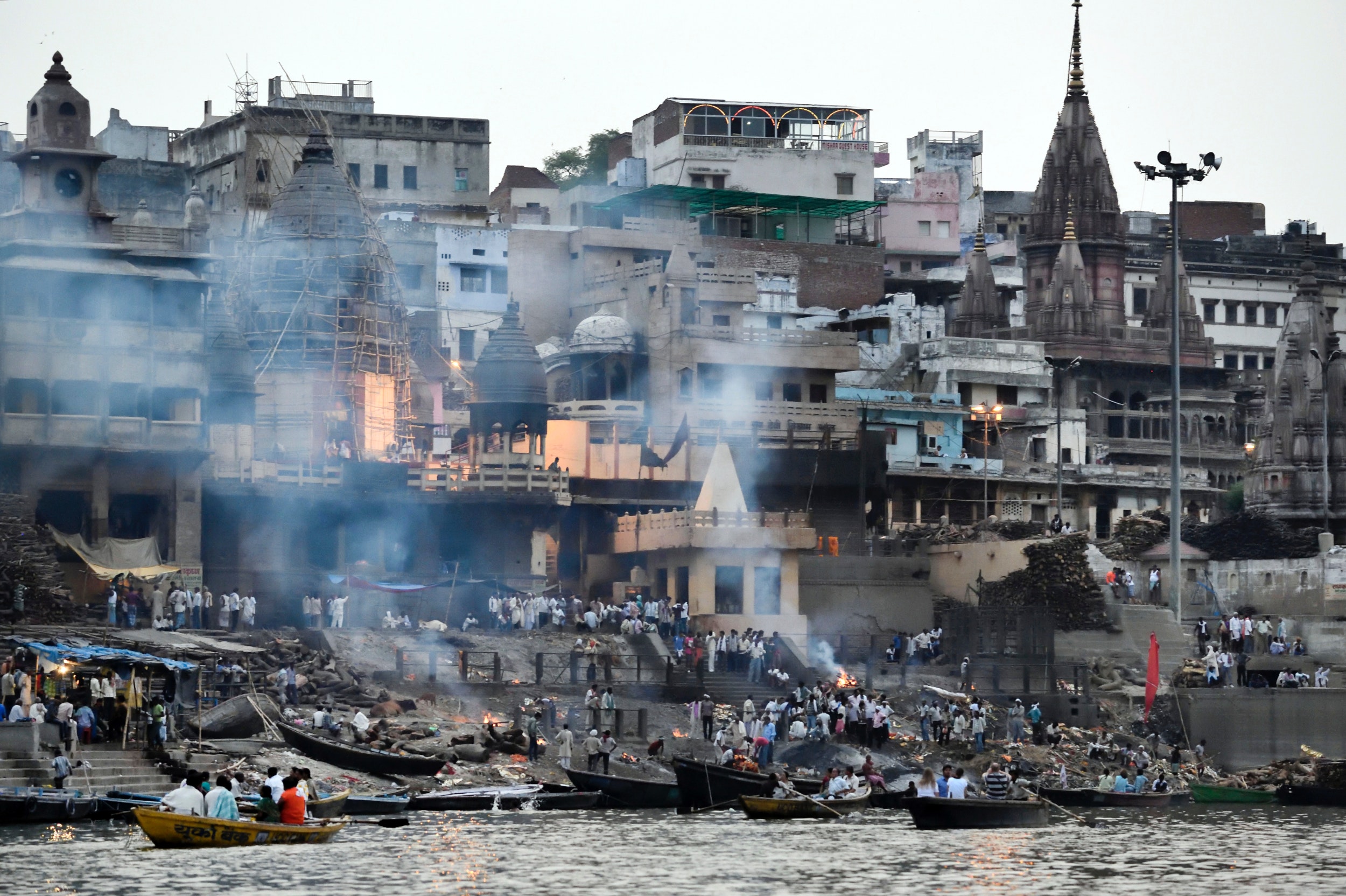Smoke as a Mirror in this Pandemic
1 May 2021Smoke may be playing a significant role in the spread of this pandemic, not least in India, with its many funeral pyres. I post this blog because I believe that all of us, our Indian friends especially, are in desperate need of informed inference to reframe our approach to this pandemic.

“Smoke and mirrors” is an old expression, in reference to magicians’ use of them to deceive their audiences. But in this pandemic, might smoke act a mirror that sends the virus back unto the local population?
Last year, after reading an account about an elevated incidence of influenza when farmers in Brazil were burning their trees, I started noticing the presence of smoke in a surprising number of prominent local outbreaks of COVID-19: in and around hog plants in the United States that smoke pork, in a Chinese open-air market that roasts meats, in the American embassy in Saudi Arabia after a birthday BBQ, in the closure of several fire stations in Toronto, perhaps also in vaping and other forms of smoking on college campuses (There has also been speculation about wildfire smoke.) Particularly curious, the outbreaks in some of the towns near the hog plants were more extensive than in the plants themselves, thus suggesting that the smoke, more than the workers, might have been carrying in the virus? (Our investigation suggested that the towns were downwind from the plants.)
Smoke is, of course, one kind of air pollution. A study in Italy early last year reported that the virus could adhere to particles in polluted air, and thus possibly be carried by that air, also that the early outbreaks in Italy tended to occur in regions of extensive air pollution. (Support for this comes from Peaks of Fine Particulate Matter May Modulate the Spreading and Virulence of COVID-19.)
With the horrific spread of the pandemic in India right now comes the obvious question of its possible association with smoke from the funeral pyres of people who died of COVID-19. To put it more bluntly, might cremating the dead be sickening the living? Are we seeing a particularly vicious circle here?
What might be the association between cremation and infection? Most obviously, the virus can spread in the crowd of mourners, much as had been seen in some funerals in New York City, except here possibly carried farther by the smoke. It is possible that a few people whose health has been compromised by living for a long time in polluted air could get infected by a low dose of aerosols carried in the smoke and then go on to infect many other people through direct droplet transmission.
But how about the corpses themselves? I was told by physician-researchers I consulted that the virus is unlikely to be emitted by the deceased, and even if it was, would be inactivated in a minute or two by the heat—although that might be time enough to bond with the smoke and escape the heat. (A “fact check” article in India likewise questioned this association, while nonetheless referring to a WHO guidance that “any body fluids leaking from orifices in the cadaver must be contained”, also quoting an advisory of a local government that there is no risk of infection at cremations if “the protocol prescribed is followed.” Sound familiar?)
All of this may not constitute proof, but surely it indicates the need for investigation, and more so, action to test the effects of curbing smoke—in India and elsewhere. Some obvious actions could shed light on this quite quickly. Where religious belief would preclude the outright cessation of open-air cremation, greater attention to masking and distancing at such events would obviously be in order—perhaps with no greater success than in some other countries. Alternately, some of the pyres could be moved away from populous areas, or, at the very least, the mourners could be kept upwind.
Could this itself be smoke and mirrors? Orthodox scientists might be inclined to say so, even that posting such ideas is irresponsible. After all, the dismissal of outlying ideas has been a feature of this pandemic from the very beginning. (Witness the WHO’s early refusal to recognize asymptomatic transmission of the virus and its continued resistance to recognizing aerosol transmission.) Under the current circumstances, however, I believe it is irresponsible to dismiss inferences that could be plausible, or else to insist on protracted research before any investigative action can be taken. The use of normal science to supress postulation is smoke and mirrors.
For the full story, please see Pandemic and Pollution.
© Henry Mintzberg 2021 with a Creative Commons Attribution-NonCommercial 4.0 International License. The new sentence “It is possible that a few people whose health has been compromised by living for a long time in polluted air might be able to get infected by a low dose of aerosols carried in the smoke and then go on to infect many other people through direct droplet transmission.” was added on May 2.
Follow this TWOG on Twitter @mintzberg141, or receive the blogs directly in your inbox by subscribing here. To help disseminate these blogs, we also have a Facebook page, a LinkedIn page and a YouTube Channel.